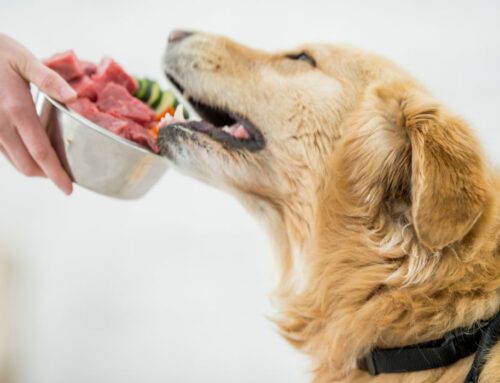Expert Tips For Keeping Your Pet Safe and Comfortable During Extreme Weather Conditions
As pet owners, it’s our responsibility to keep our furry friends safe and comfortable, especially during extreme weather conditions. Whether it’s hot and humid summers or cold and snowy winters, extreme weather can pose serious risks to our pets. In this article, we’ll explore some expert tips for keeping your pet safe and comfortable during extreme weather conditions.
Provide Adequate Shelter
One of the most important things you can do for your pet during extreme weather conditions is to provide them with adequate shelter. This means ensuring that their living space is protected from the elements, whether it’s a doghouse in the backyard or a cozy spot inside your home.
During hot and humid summers, make sure your pet’s living space is well-ventilated and shaded. Provide them with a cool and comfortable spot to rest, away from direct sunlight. If your pet spends time outside, make sure they have access to plenty of water and a shaded area to cool down.
During cold and snowy winters, make sure your pet has a warm and cozy spot to rest, away from drafts and extreme cold. Provide them with a comfortable bed or blanket to snuggle up in, and consider using a heated pet bed to keep them warm.
Keep Your Pet Hydrated
During extreme weather conditions, it’s important to make sure your pet stays hydrated. Provide them with fresh, clean water at all times, and make sure they have easy access to it. In hot and humid summers, consider adding ice cubes to your pet’s water bowl to help keep it cool.
If you’re taking your pet for a walk or spending time outside, bring along a water bottle and portable bowl so you can offer them water as needed. Remember that pets can become dehydrated quickly, so it’s important to monitor their water intake and offer them water frequently.
Protect Your Pet From Extreme Temperatures
Extreme temperatures can be dangerous for pets, so it’s important to take steps to protect them from the heat and cold. In hot and humid summers, avoid leaving your pet in a parked car or outside for long periods of time. Temperatures inside a parked car can quickly reach dangerous levels, even on relatively mild days.
In cold and snowy winters, make sure your pet is protected from the cold. Consider investing in a coat or sweater for your pet to wear when they’re outside, especially if they’re short-haired or elderly. If you’re taking your pet for a walk, be aware of signs of hypothermia, such as shivering, lethargy, and weakness.
Be Aware of Your Pet’s Breed and Health Conditions
Some pets are more susceptible to extreme weather conditions than others. For example, brachycephalic breeds (such as pugs and bulldogs) are more prone to overheating and respiratory issues in hot and humid weather. Elderly pets and those with certain health conditions may also be more susceptible to extreme temperatures.
Be aware of your pet’s breed and any health conditions they may have, and take steps to protect them accordingly. For example, if your pet is prone to respiratory issues, avoid taking them for walks during times of high pollution or extreme heat.
Plan Ahead
Finally, it’s important to plan ahead for extreme weather conditions. Check the weather forecast regularly, and be prepared to make adjustments to your pet’s routine as needed. For example, if a heatwave is expected, you may want to adjust your pet’s exercise routine to avoid the hottest parts of the day.
Have a plan in place in case of emergencies, such as power outages or extreme weather events. Make sure you have enough food, water, and supplies on hand to last for several days, and have a plan for evacuating with your pet if necessary.
It’s important to remember that our pets rely on us to keep them safe and comfortable, especially during times of extreme weather. By following these expert tips, we can help protect our pets from the dangers of extreme heat, cold, and other weather conditions.
Additionally, it’s important to keep in mind that pets can’t always communicate their discomfort or distress, so it’s up to us to monitor their behavior and physical cues for signs of discomfort or illness. If you notice any unusual behavior or symptoms in your pet, such as excessive panting or lethargy, it’s important to seek veterinary care immediately.
Overall, keeping our pets safe and comfortable during extreme weather conditions requires planning, preparation, and a willingness to adjust our routines as needed. By taking these steps, we can help ensure our furry friends stay healthy and happy no matter the weather.

